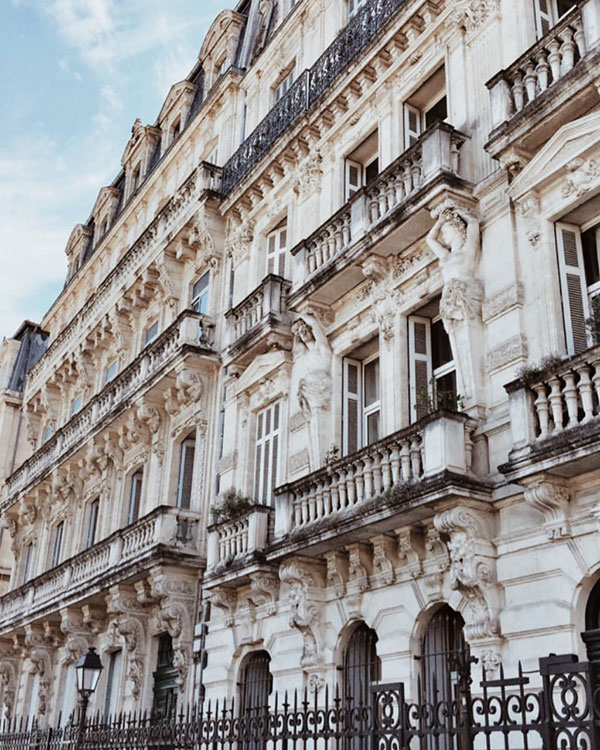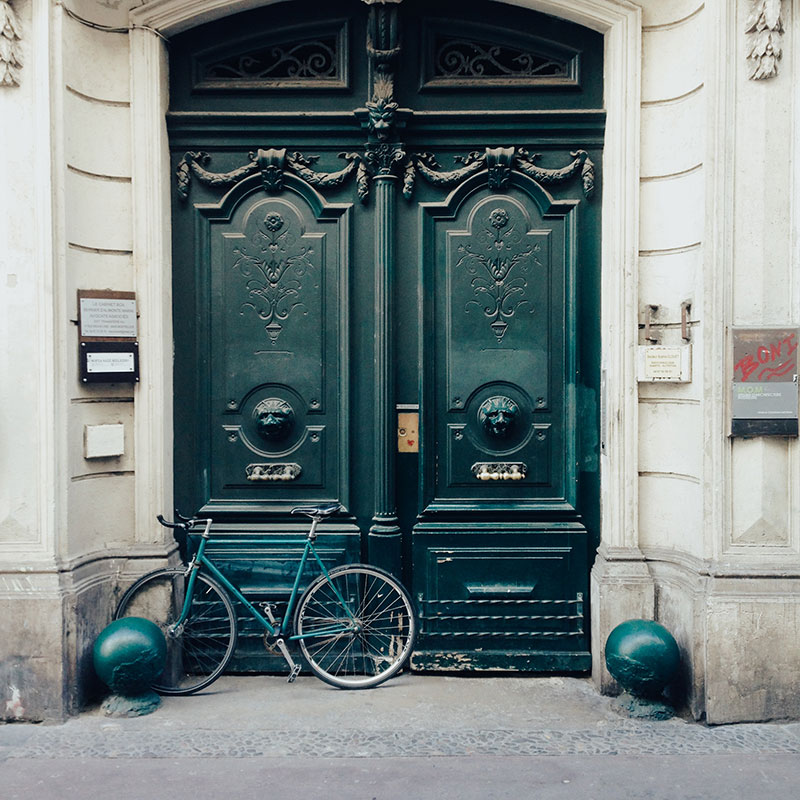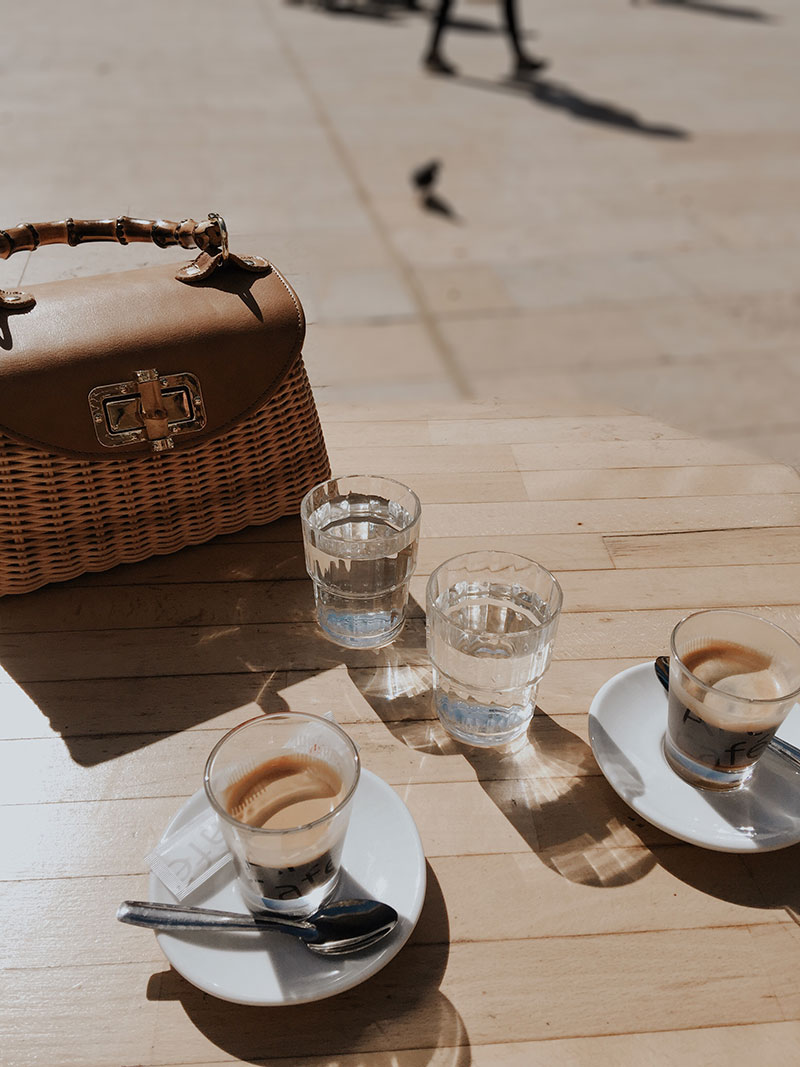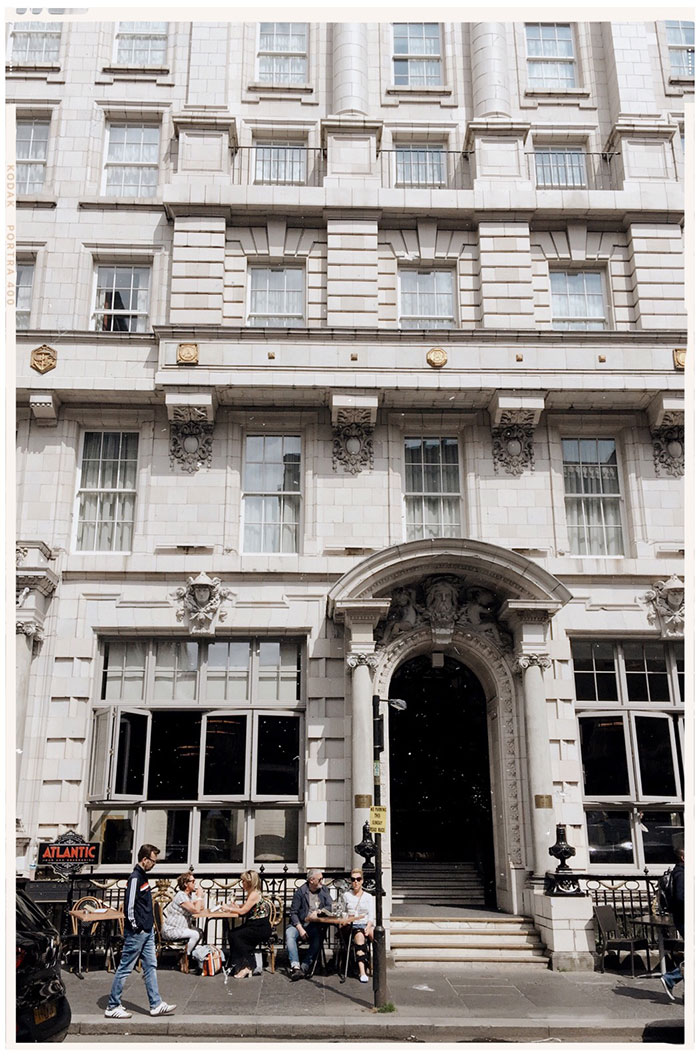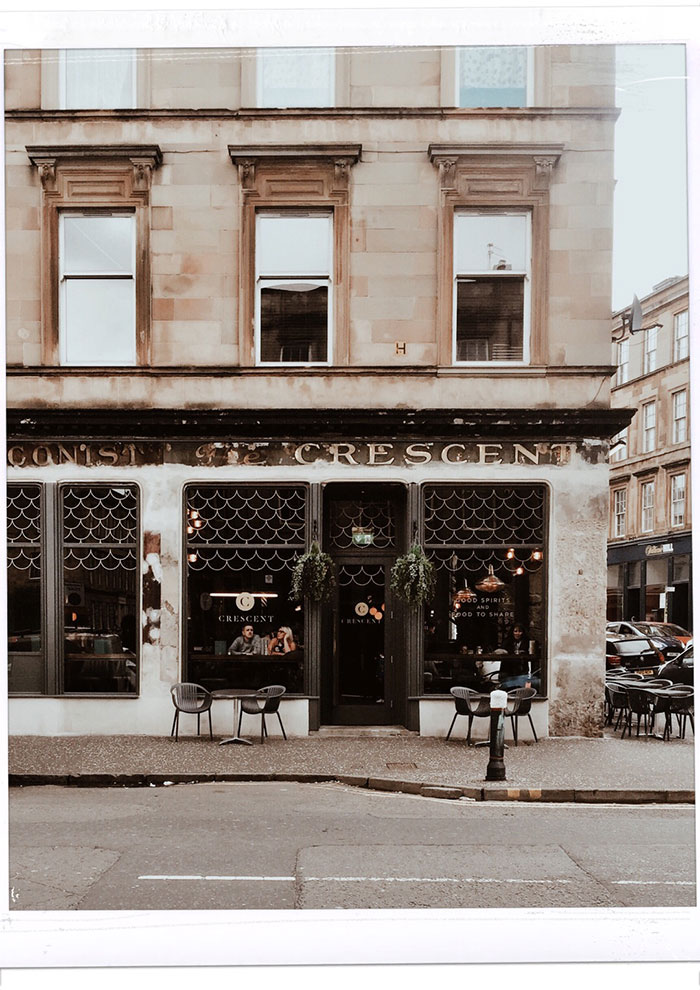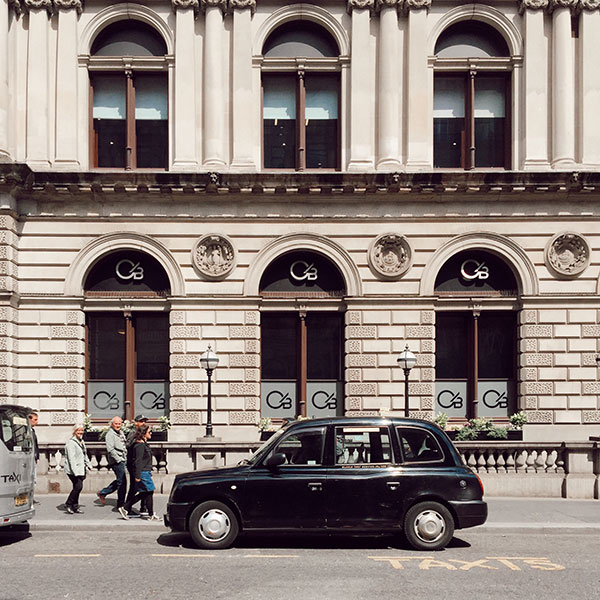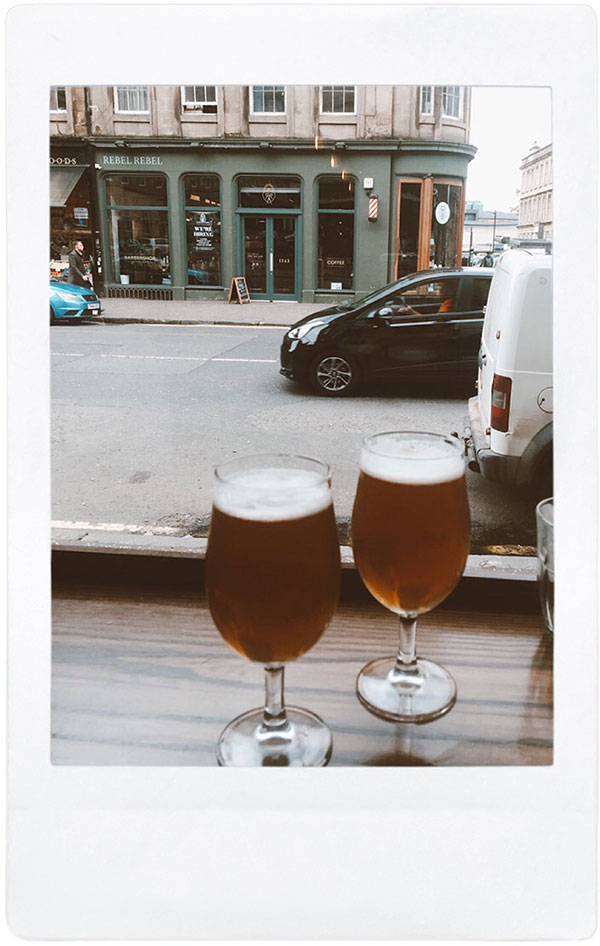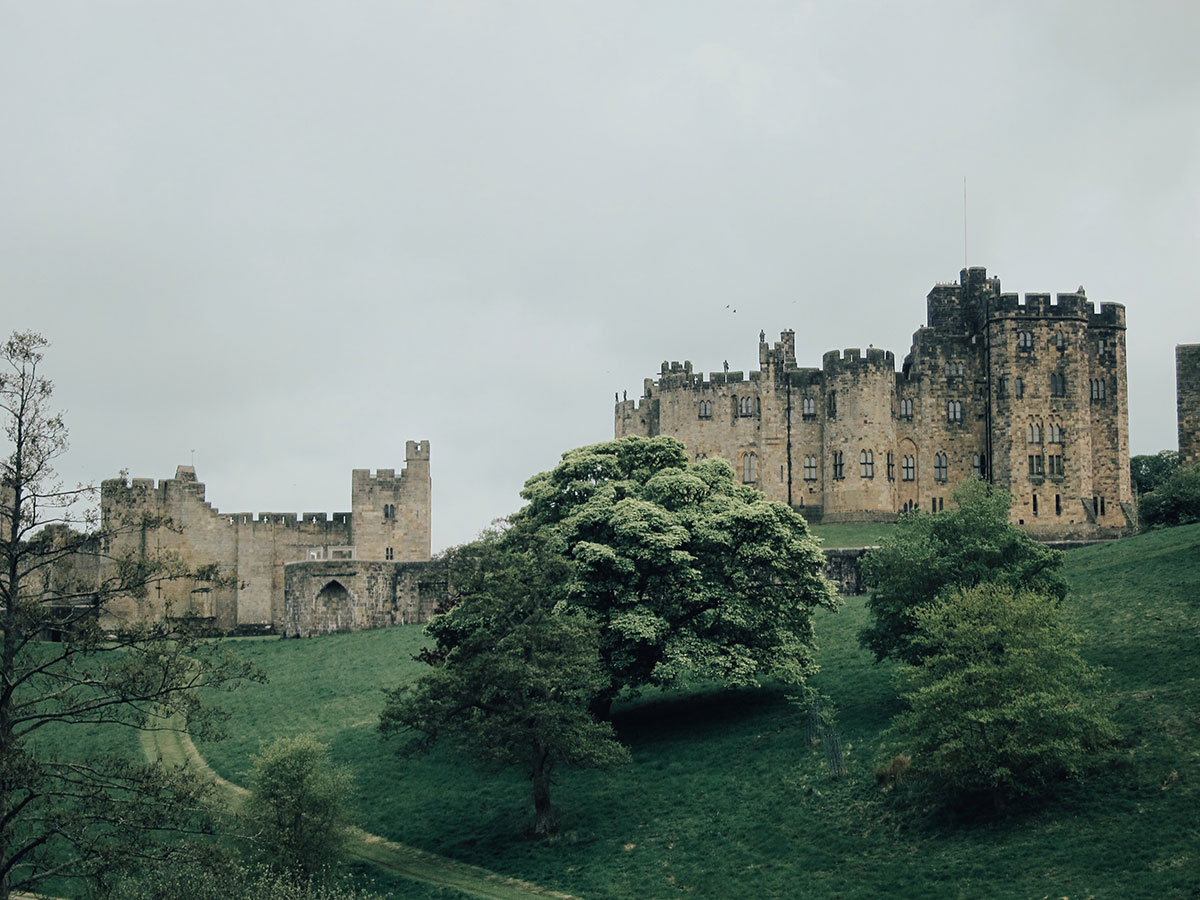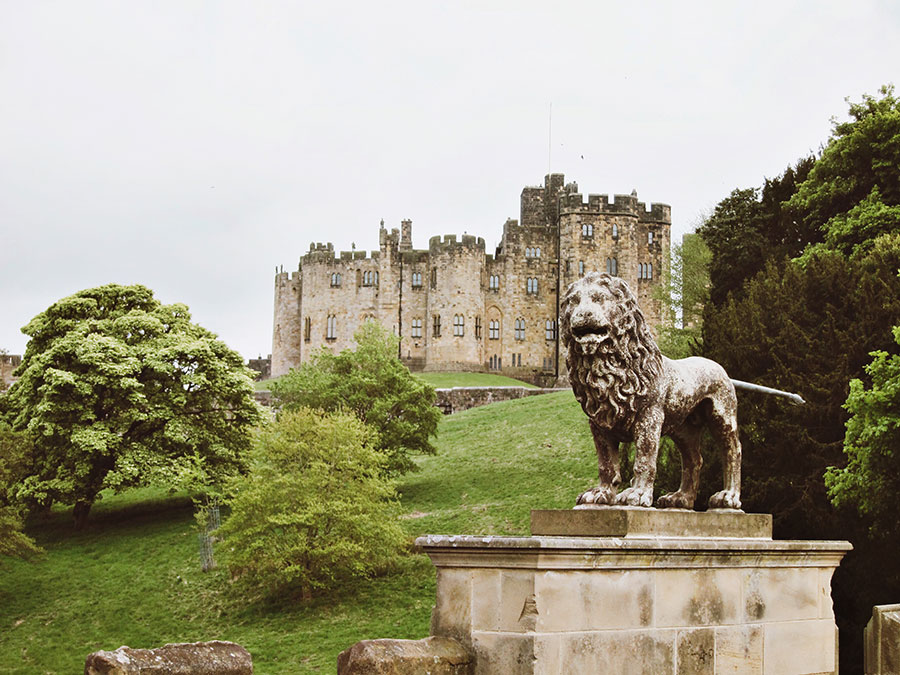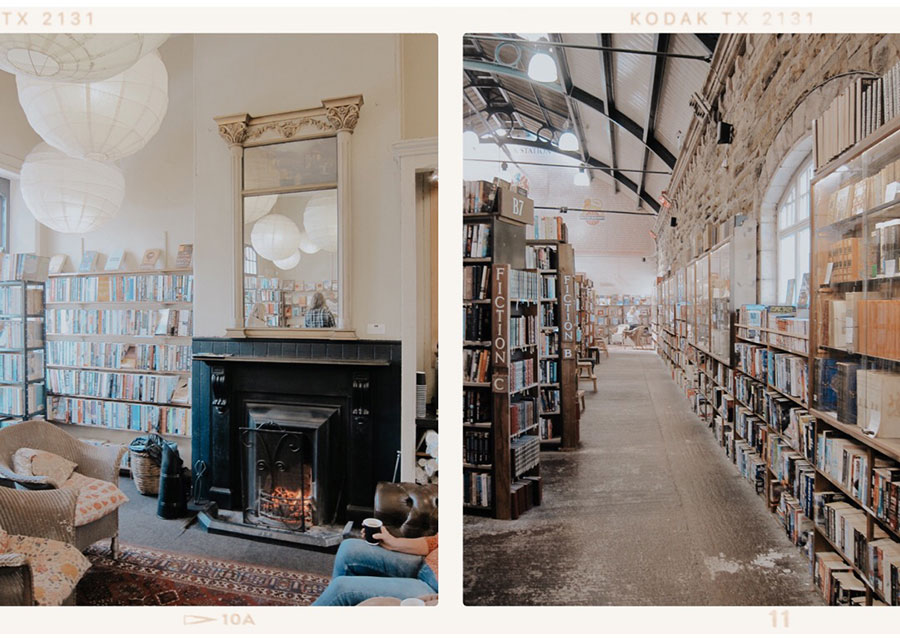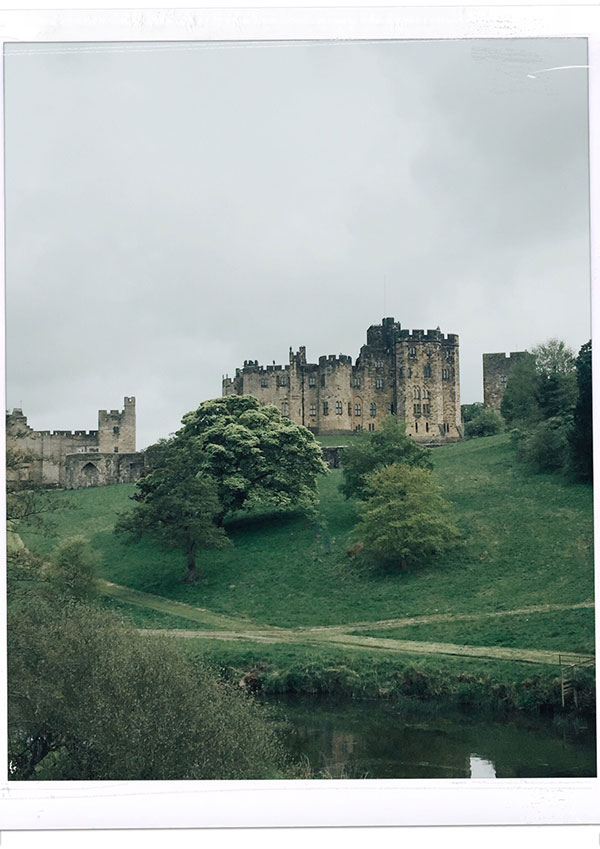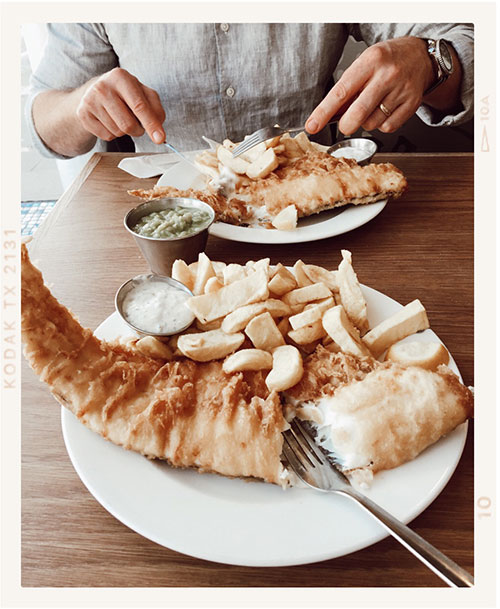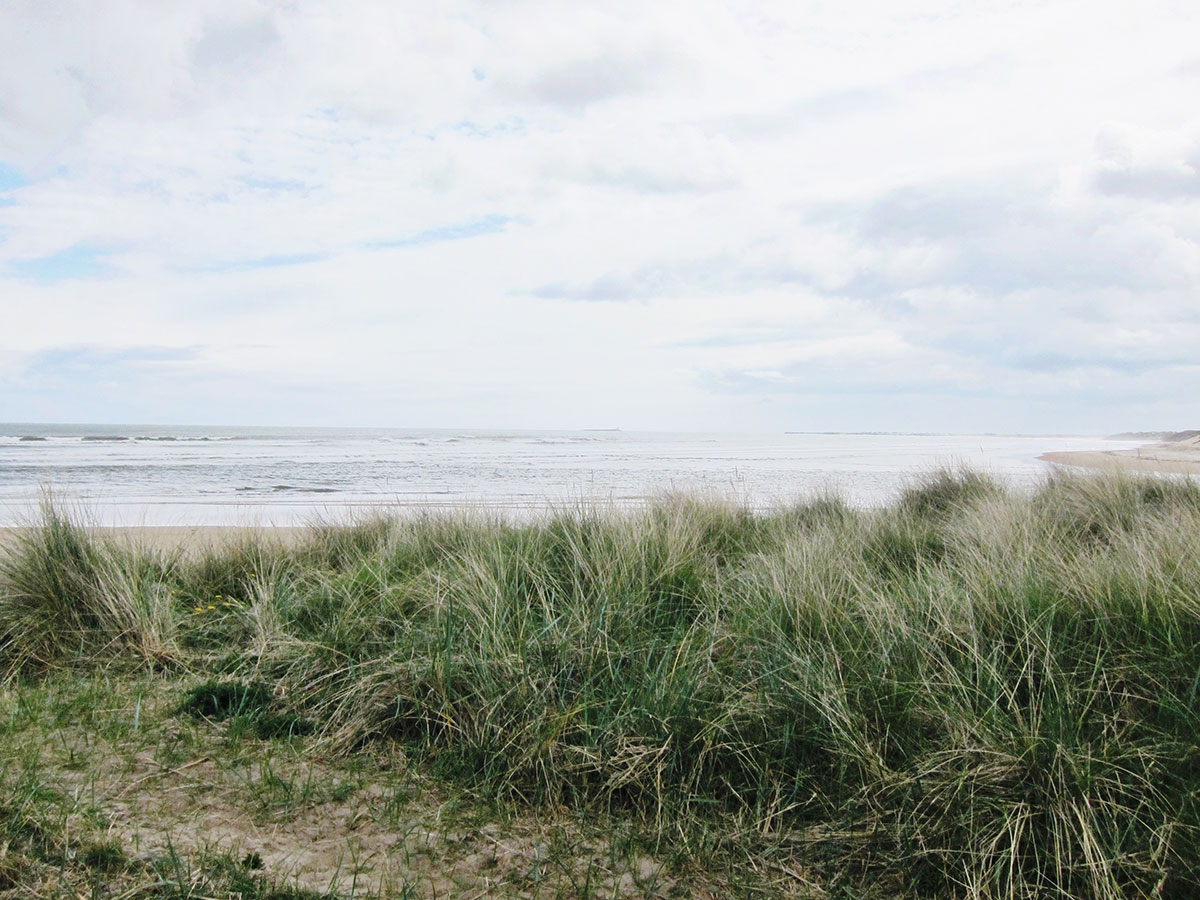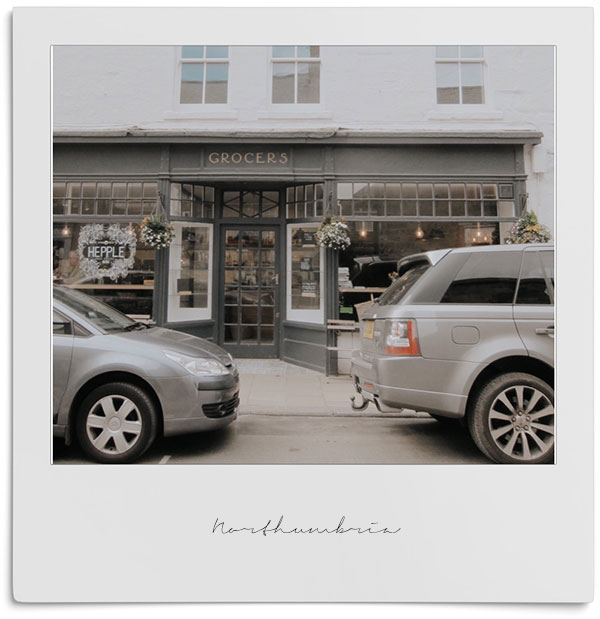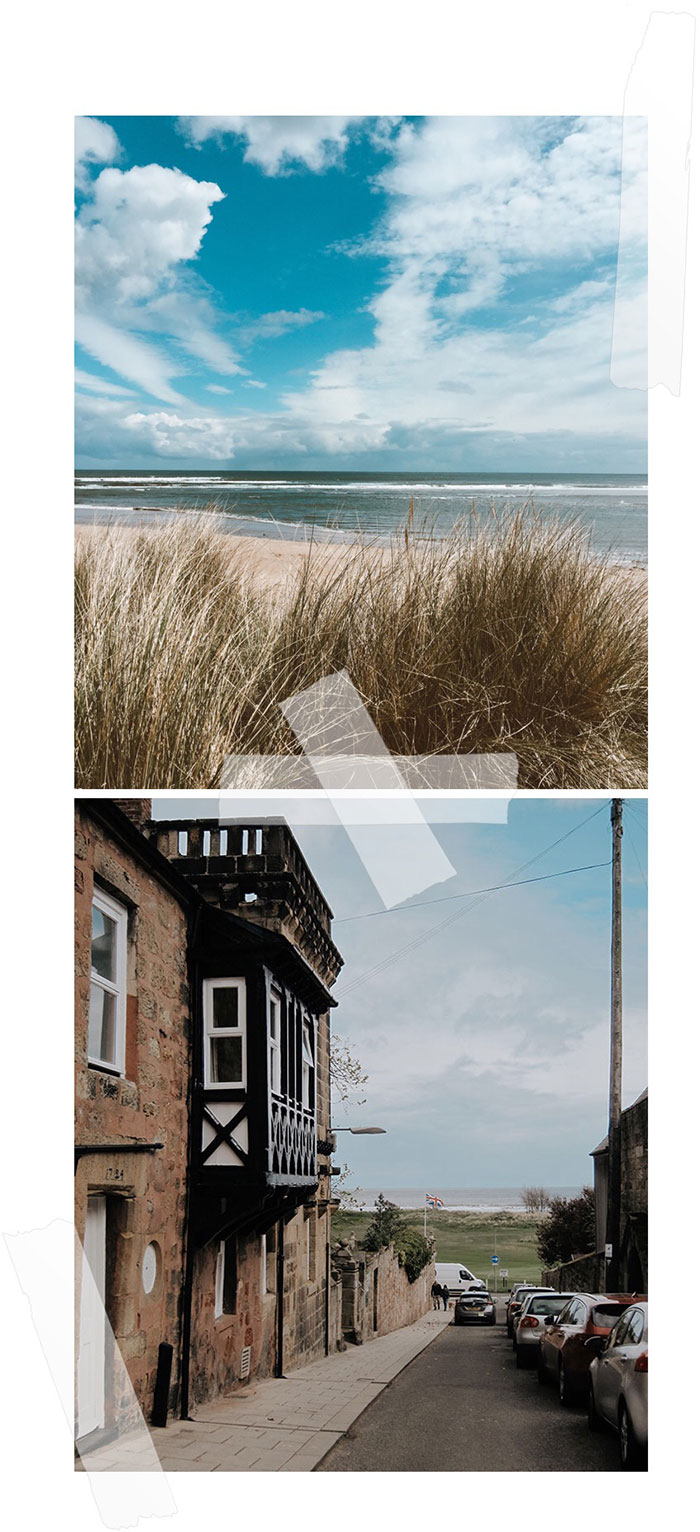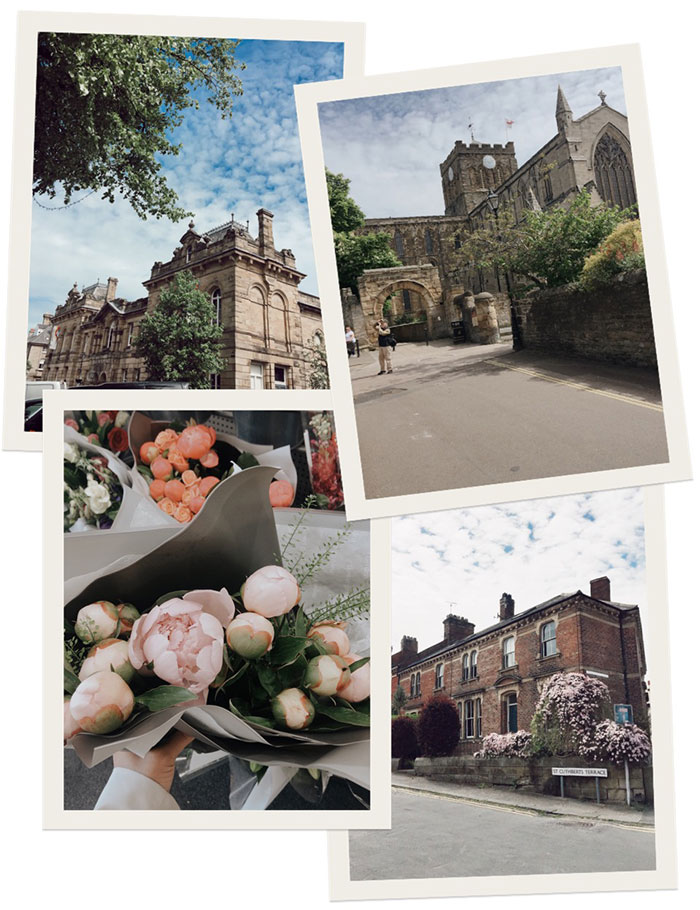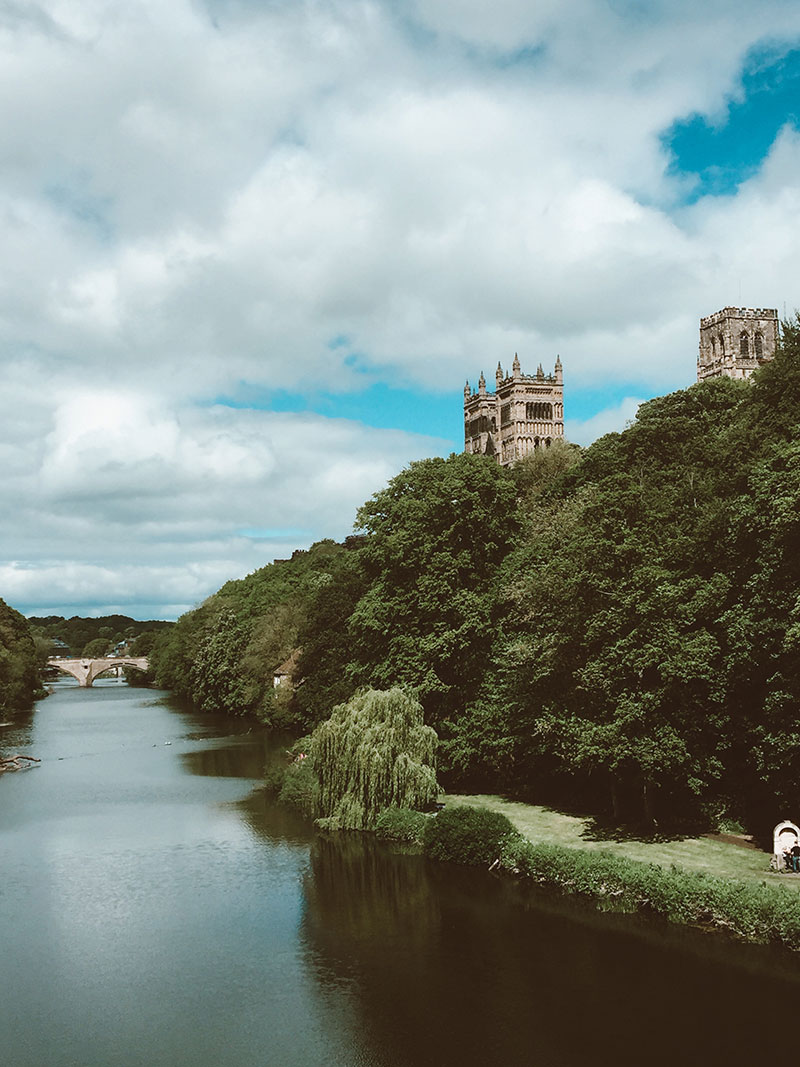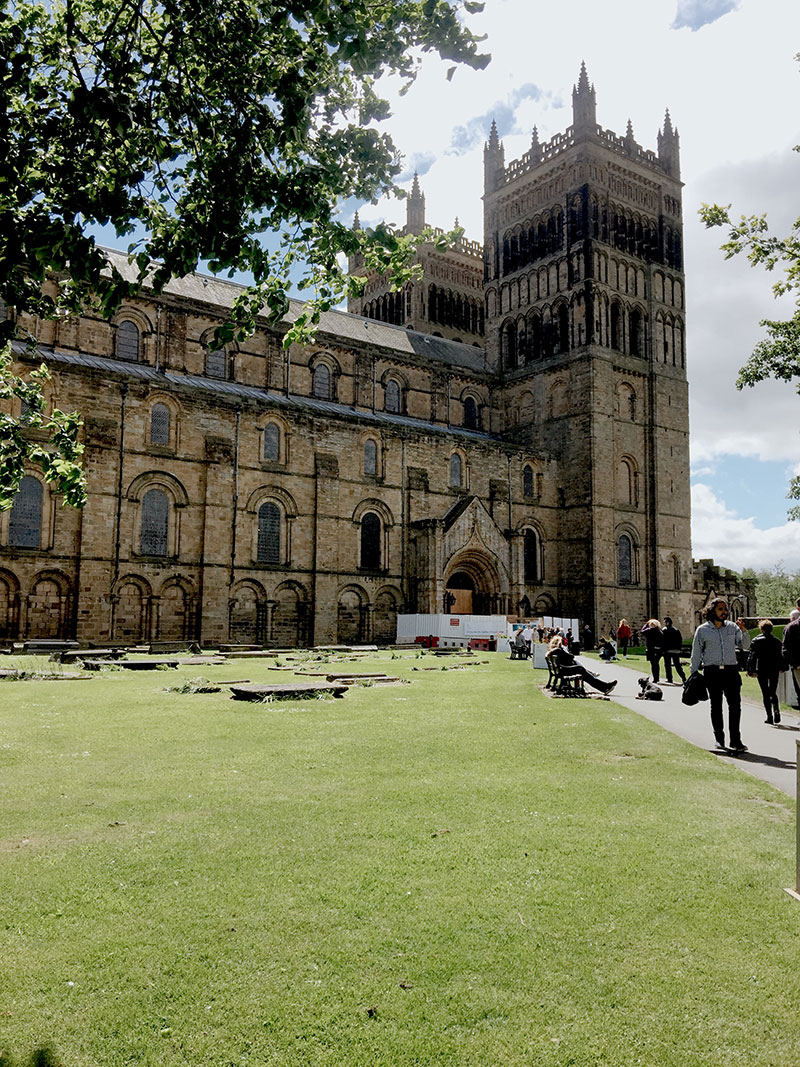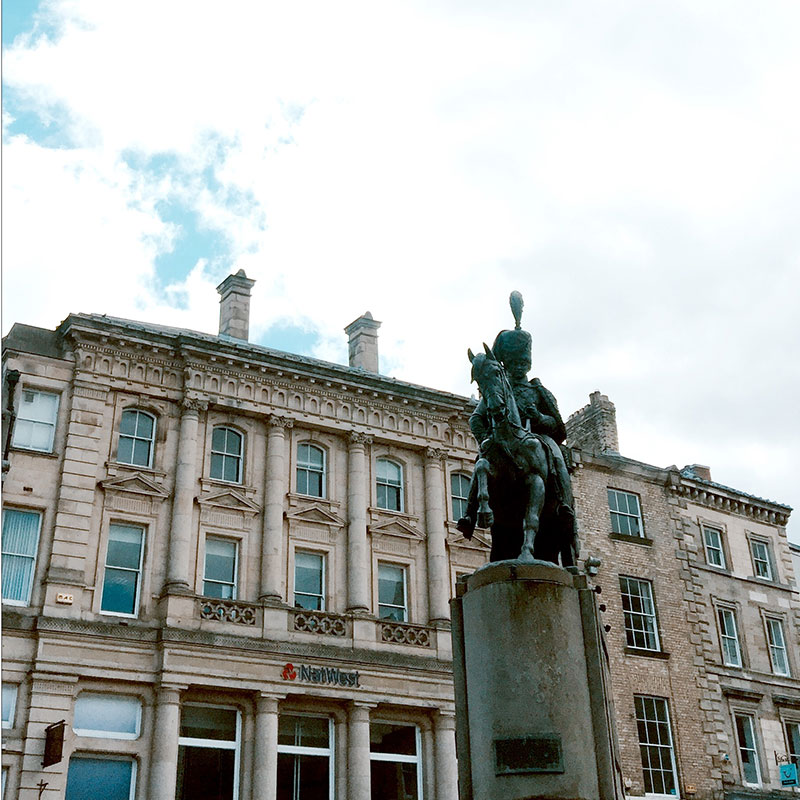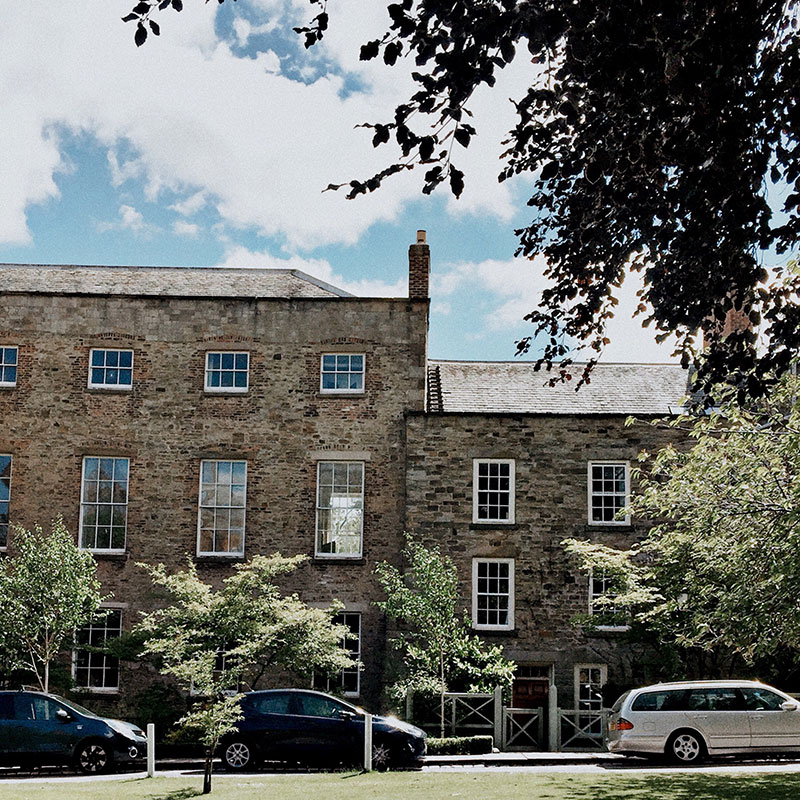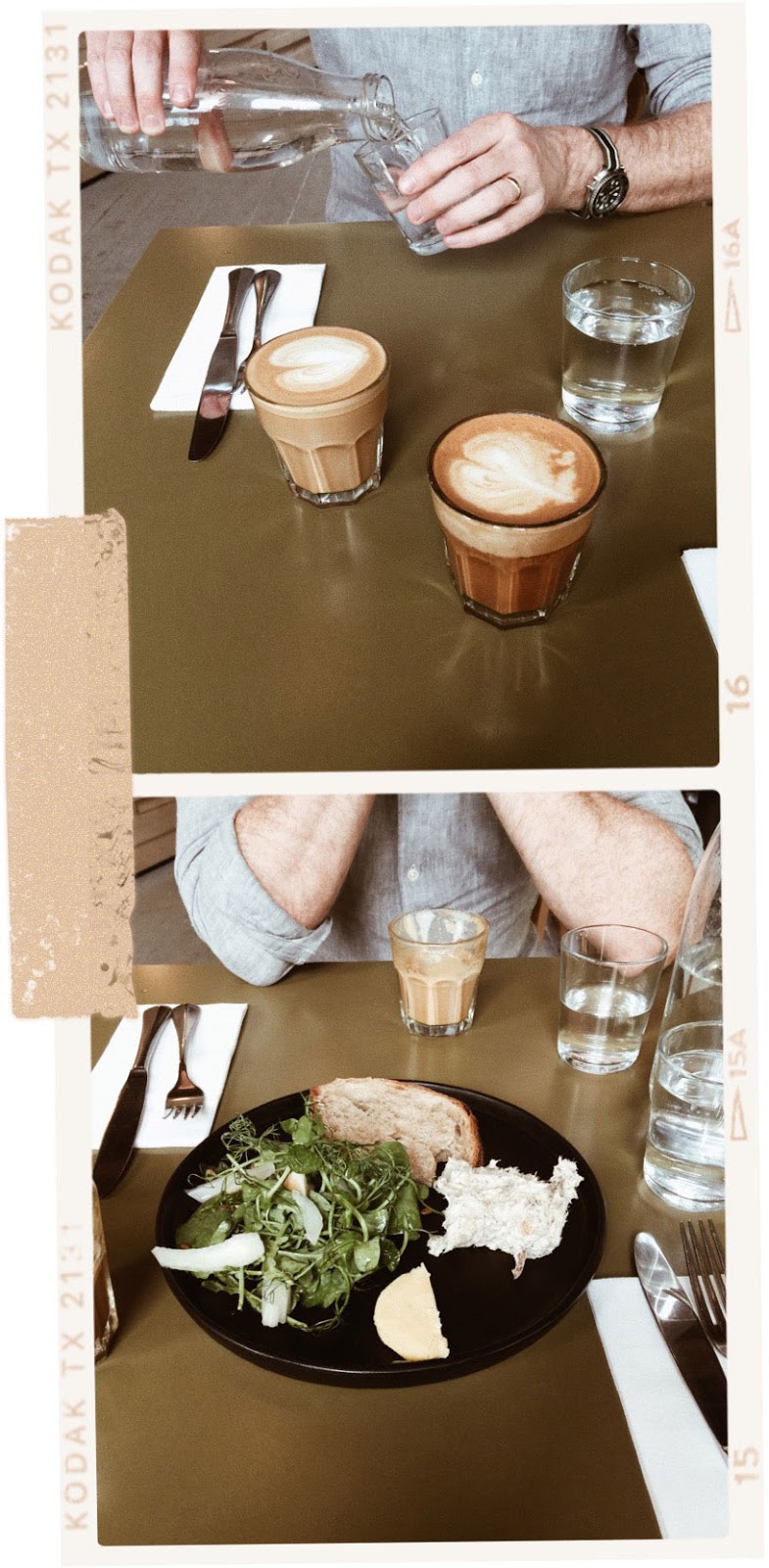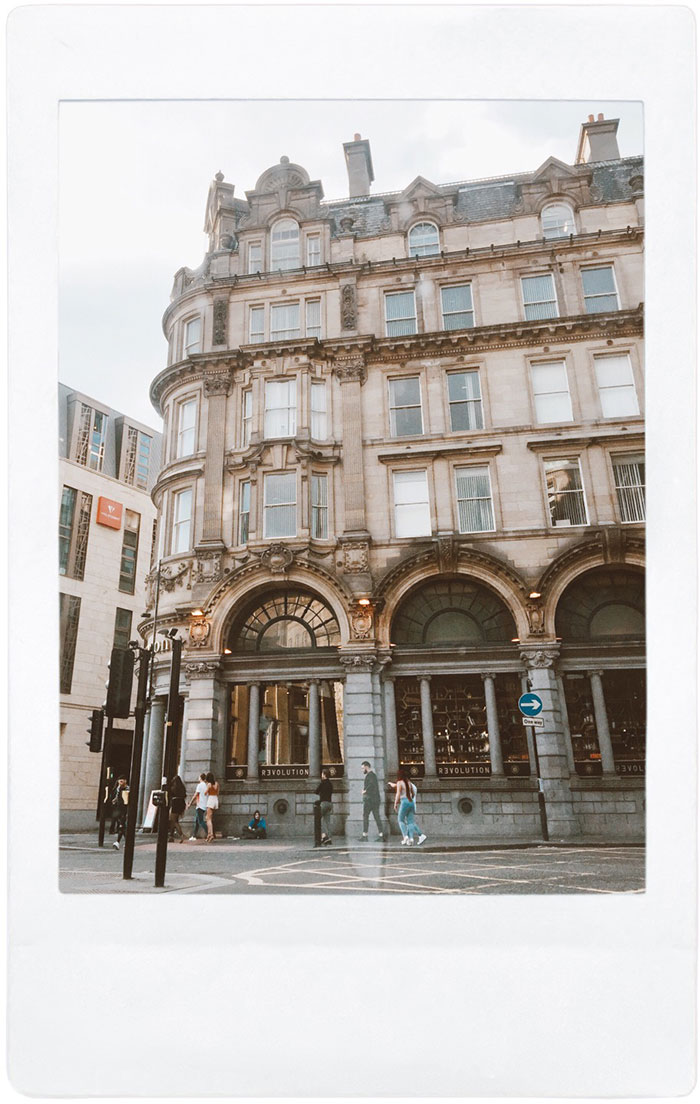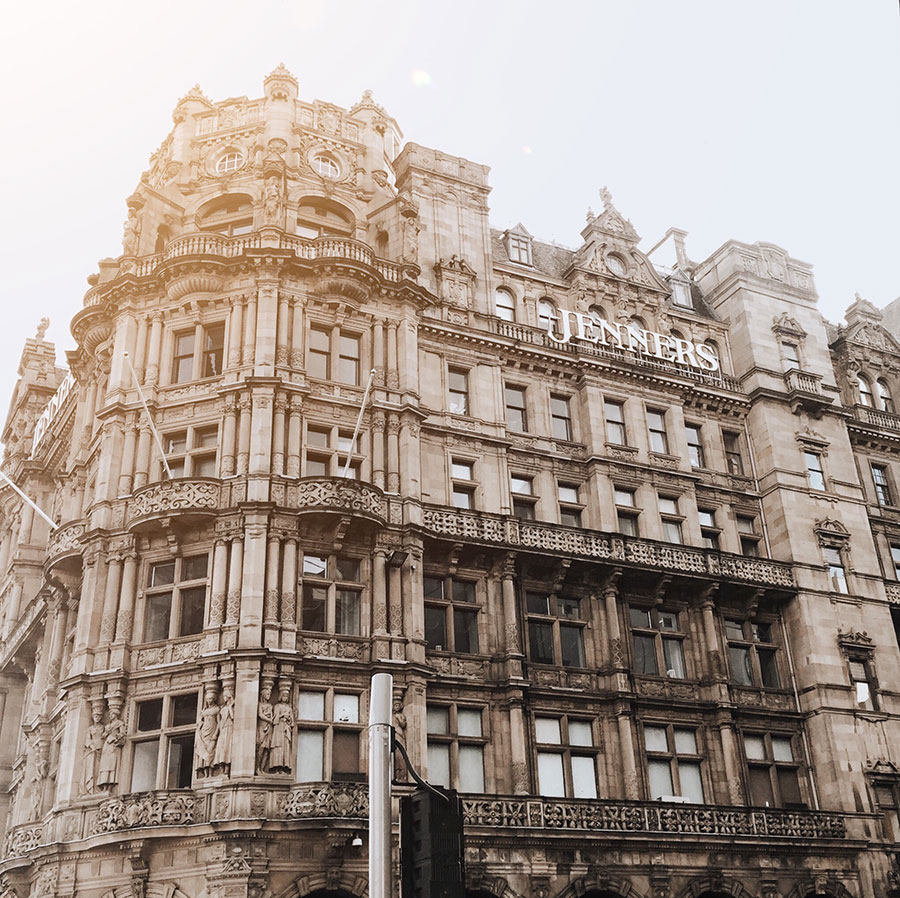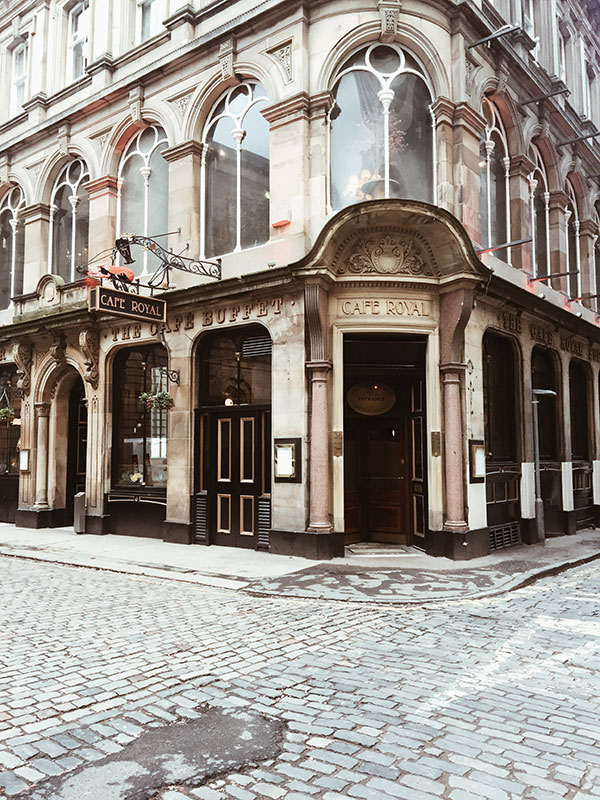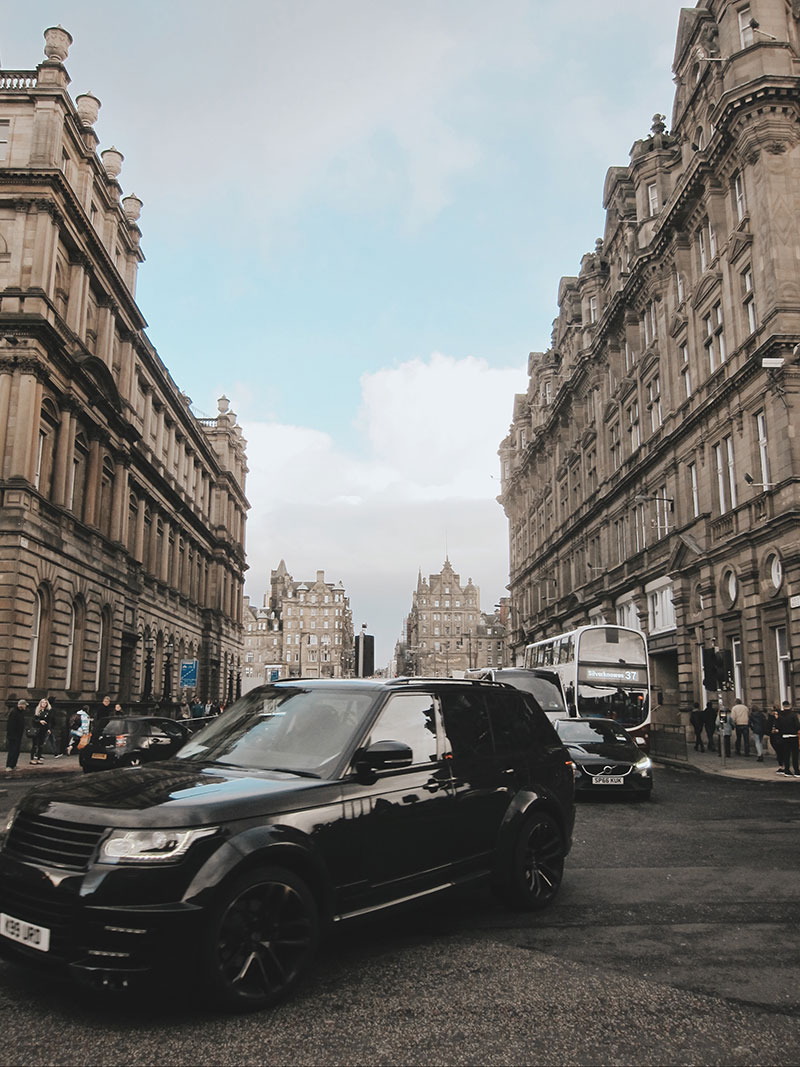IN LATE MAY we went on holiday to the south of France for a few days, and then to Scotland for nearly a month. During that time, we ventured to England on day trips, and it was during this time that we fell absolutely in love with the English countryside and thought it might be fun to have a look at places that might be available in any one of the very quaint and utterly charming villages and towns we found along the way. This is the story of our move to the countryside. Having lived in many beautiful, large and busy cities, we thought it might be time for a drastic change―a new place that was quiet with lots of green space, charming local pubs and a sense of community. We found just that and haven’t felt this relaxed in a very long time. We’re also close enough to Edinburgh and London should we feel nostalgic for city life, although that hasn’t happened yet…
Below are a few of the towns and villages we found in Northumberland, a county that has more castles than any other in England, as well as visits to our favourite places in Scotland.

Montpellier, France
Montpellier is a city near the south coast of France on the Mediterranean Sea. Located in the Occitanie region, in 2016, its population was 281,613 in the city centre and 607,896 people in the urban area, making it the third-largest French city on the Mediterranean coast after Marseille and Nice. Montpellier is the 7th-largest city in France, and also the fastest-growing city in the country over the past 25 years. An astounding nearly one-third of the population are students from three universities and three higher education institutions outside the city.
We visited Montpellier for the sun (as the weather at the time was very close to that of Valencia), and the food, which did not disappoint. While it did feel a little like faded grandeur in some parts, we had a wonderfully relaxing time and it was the perfect transition from Spain to the UK, where we were headed next…
Glasgow, Scotland
Glasgow is a port city on the River Clyde in Scotland’s western Lowlands. Known for its Victorian and art nouveau architecture and a legacy of trade and shipbuilding in 18th–20th century, today it’s a national cultural hub where you will find the Scottish Opera, Scottish Ballet and National Theatre of Scotland, as well as great museums and a flourishing music scene.
We’ve been to Glasgow many times, as P’s grandmother lives nearby, and that was the reason for this visit as well. While it’s always been fun to visit, we’ve always preferred Edinburgh, but in the last few visits, the city has really been coming into its own with chic new bars and restaurants. We’re most often found in the West End and the neighbourhood of Finnieston.
Alnwick, England
The medieval market town of Alnwick can be found along the most beautiful countryside and near the coast of Northumberland. Located on the south bank of the River Aln, 32 miles (51 km) south of Berwick-upon-Tweed and the Scottish border, this town dates to about 600AD.
Known for its iconic castle, the town has remained much the same in its street layout and design for hundreds of years. Perhaps one of the most picturesque towns in Northumberland, Alnwick has previously been voted one of the best places to live in England and is also very popular with visitors.
Alnwick Castle (often called ‘The Windsor of the North’) stands over the town, a wonderful example of medieval architecture. It was once the home of the most powerful medieval northern baronial family, the Earls of Northumberland. The popularity of the castle is, in part, due to the fact that it was used as a location for Hogwarts School in the Harry Potter films and has been captured for film and television on many other occasions.
Much of the town’s surrounding countryside is managed by the National Trust and the nearby coast has 20 miles of pristine sandy beaches and bays where walkers, cyclists and bird watchers are often seen exploring. As for the town itself, it is filled with charming inns, pubs and cafés, as well as an old train station that was turned into an enormous used book store with fireplaces (and even a wine room).
Some people come to Alnwick just for Barter Books. Once the Victorian Alnwick railway station (designed by William Bell and opened in 1887) it is now one of the largest second-hand bookstores in Europe. The station was in use until the closure of the Alnwick branch line in 1968. Barter Books was opened in 1991. Today, the shop receives over 350,000 visitors a year, 40% of whom are from outside the area. And it’s no wonder, as there are open fires in the winter, skylights, a model train that runs along tracks set atop the bookcases, and of course, books upon books, as well as an enormous room lined with over forty glass cases containing many of the more interesting antiquarian books.
Barter Books
Open every day 9:00 – 7:00
incl. Sundays and all Bank Holidays (apart from Christmas Day)
Barter Books, Alnwick Station, Northumberland NE66 2NP
+44 (0) 1665 604888 [email protected]
HARRY POTTER
Harry Potter and the Philosopher’s Stone filmed on location at Alnwick Castle in autumn 2000. The following year, Harry Potter and the Chamber of Secrets (the second film in the series) used Alnwick Castle for shooting.
The Outer Bailey is recognisable as the area where Harry and his fellow students learned to fly broomsticks with Madam Hooch (Zoe Wanamaker). Harry also learned the rules of wizarding sport Quidditch in the Outer Bailey.
The courtyards and baileys of Alnwick Castle were used to film Hogwarts students and staff going about their daily activities. Harry and Ron crash-landed the Weasley family’s flying car in the Inner Bailey.
The Lion Arch was a way in and out of Hogwarts, heading towards Hagrid’s cabin and the Forbidden Forest.
Alnmouth
Alnmouth is a beautiful coastal village in Northumberland, England, 4 miles (6 km) east-south-east of Alnwick. Located at the mouth of the River Aln, the village once had a port that supported a small fishing industry and national and international trade. It was also a leading north-east centre for the export of grain and other foods, especially to London, and imported timber and slate. These activities help to shape the village in the construction of granaries to store grain, and sawmills and a boatyard to process wood and build ships.
Known as the Tobermory of Northumberland, a ferocious storm on Christmas Eve in 1806 altered the course of the river, stranding the harbour and changing village life forever. Port activities declined at the end of the 19th century, partly because of the deterioration of the port due to the shifting and silting of the river estuary, partly as trade transferred to the railways. The Christmas Eve storm resulted in the loss of the remains of the village’s original church and disruption to the functioning of the port and industries.
Alnmouth would then transform into a coastal resort complete with one of the earliest English golf courses, a holiday camp, bathing houses, beach huts and seaview villas. Today, Alnmouth still functions as a holiday and second-home resort and tourist attraction, postcard perfect with its colourful cottages and lovely beaches filled with golden sand. It remains one of our favourite places in Northumberland.
“Gaily painted houses strung along the north bank of the River Aln estuary welcome you to picturesque Alnmouth, the Tobermory of Northumberland. Once an important grain port, a ferocious storm on Christmas Eve in 1806 altered the course of the river, stranding the harbour and changing village life forever.”
Stop in for a drink at The Sun Inn
29 Northumberland Street,
Alnmouth, Alnwick NE66 2RA,
England
Hexham, England
Hexham is a market town and civil parish in Northumberland, England, south of the River Tyne. Like many towns in the Anglo-Scottish border area and adjacent regions, Hexham suffered from the border wars between the kingdoms of Scotland and England, including attacks from William Wallace who burned the town in 1297. In 1312, Robert the Bruce, King of Scotland, demanded (and received) £2000 from the town and monastery in order for them to be spared a similar fate. In 1346 the monastery was sacked in a later invasion led by King David II of Scotland.
In 1464 during the Wars of the Roses, the Battle of Hexham was fought somewhere to the south of the town (the actual site is disputed). The defeated Lancastrian commander, Henry Beaufort, 3rd Duke of Somerset, was executed in Hexham marketplace. There is a legend that Queen Margaret of Anjou took refuge after the battle in what is known as The Queen’s Cave, where she was accosted by a robber; the legend formed the basis for an 18th-century play by George Colman the Younger (The Battle of Hexham: A Comedy in Three Acts); but it has since been established that Queen Margaret had fled to France by the time the battle took place. The Queen’s Cave in question is on the south side of the West Dipton Burn, to the southwest of Hexham.
Throughout the eighteenth and nineteenth centuries, Hexham was a centre of the leather trade, particularly renowned for making gloves known as Hexham Tans.
Today, it is a bustling place with winding streets filled with independent shops and cafés, alongside larger shops, such as Waitrose and Marks & Spencer, and a beautiful abbey that was originally built in AD 674. It’s no wonder that Hexham holds the title of England’s favourite market town as voted by Country Life magazine.
Durham, England
Durham is a city in northeast England, south of Newcastle upon Tyne, famous for the Romanesque Durham Cathedral and Norman Durham Castle, both on the River Wear. North of the castle, there is the 13th-century medieval Crook Hall with its gardens and maze. South of the river lies Durham University with its Botanic Garden filled with woodland and tropical plants, and the Oriental Museum exhibiting Asian, Egyptian and Middle Eastern artifacts.
Despite having a family member study there, this was my first time visiting Durham. It’s really quite a picturesque place. We only stayed for the afternoon, walking along the river and visiting a pub, but it’s not far from where we are now, so we can visit again anytime.
Newcastle, England
Newcastle upon Tyne is a university city on the River Tyne in northeast England. With its twin city, Gateshead, it was a major shipbuilding and manufacturing hub during the Industrial Revolution and is now a centre of business, arts and sciences. Spanning the Tyne, modern Gateshead Millennium Bridge, noted for its unique tilting aperture, is a symbol of the two cities.
We haven’t spent too much time in Newcastle, staying mostly in Gosforth, but on the few occasions we ventured to the city centre, we noticed that it is slowly leaving behind its rather rough reputation with the opening of some chic new pubs and many, many coffee bars and cafés. We visited Cook House on Foundry Lane one Sunday afternoon―the coffee was good and the food was delicious.
Edinburgh, Scotland
Edinburgh, you know, as we lived there before we moved to Spain, and of course, we’ve been back and forth many times since living in Spain. Now that we’re back in the UK, visiting our old hometown is a regular occurrence, as we still have things in a storage unit there, although we are slowly, slowly (and finally) emptying it out. We’ve visited many of our old haunts, had some lovely lunches and are planning on spending part of the holidays there this year, as the city really knows how to celebrate this time of year.
More about what we’ve been up to lately to follow…

